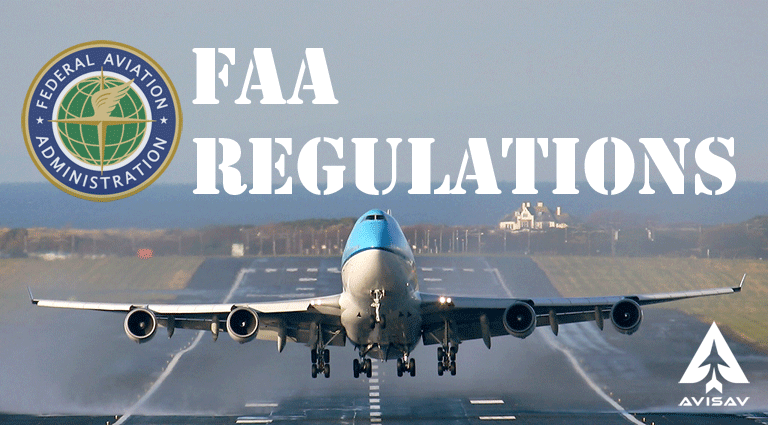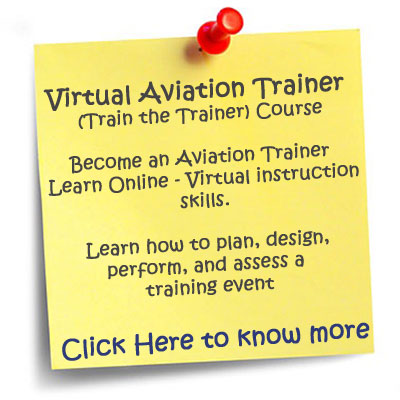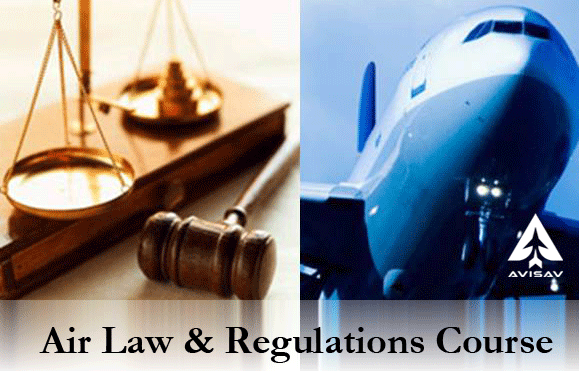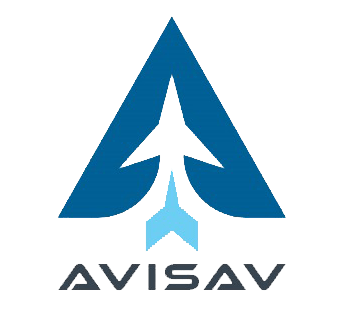
Parts of the Federal Aviation Regulations
“Parts” mentioned in the title and topic that we will be talking about in this article refer to the parts of the Federal Aviation Regulations. They refer to different flight and aircraft types. You can find them under Titles 14 and 49 within the (CFR) Code of Federal Regulations.
According to the FAA regulations, there are differences between part 121, and 135, 125, and 91. Each of these parts regulates a certain area of operations. Knowing these regulations is obligatory for the operator and mastering it significantly increases the general aviation sector safety.

The key differences between the Parts of the Federal Aviation Regulations
It is important each personnel in the aviation sector know the key differences between these four parts.
It is important to point out that military aviation does not fall under any of these regulations. This means they don’t operate under these parts. This is why former aviation military personnel should learn a new set of regulations found in these parts when passing from his/her military aviation career to the civilian aviation flying.
Knowing this is important as it will help you understand some of the differences between these parts.
Namely, the military pilots who want to transfer to the civil airline’s industry should focus on Part 121 regulations.
Army helicopter pilot who wants a helicopter sector career must focus on Part 135.
Simply put, each regulation deals with a different set of flight types, according to the aircraft type, a number of passenger seats, pre-scheduling, etc.
What do these parts of the FAR regulate?
Each of these Federal Aviation Regulation parts regulates a different type of flight, and/or different type of aircraft. Costs and fees, as well as training, differ for each category. So does the transfer of the pilot from, e.g. Part 91 to Part 135.
These parts regulate every detail regarding flight operations. That is why knowing these regulations is of the utmost importance for aviation safety.

Part 91
Part 91 implies general aviation regulations, general flight operating rules, such as crew rest and duty and aircraft operations within certain weather conditions. The PIC (pilot-in-command) has operational control of the operations and holds ultimate responsibility of the safety of a flight. Furthermore, they also have full authority of their flight as PIC.
Part 91 is typically seen as one of the least restrictive Parts of the regulations (this does not imply sport aviation regulations). This implies weather conditions, environment condition restrictions, fuel reserves and crew flight duty periods etc.
Part 121
Part 121 regulates the domestic, flag, and supplemental operations. It contains rules that refer to the scheduled air carriers. Those imply both regional and major airlines.
If you work for an airline, this is the part you must know by hearing. Also, you will have to have a good understanding of the “Flight Operations Manual” (FOM) also known as the “Operations Manual” (OM) of the specific airline you are working for.
The Flight Operations Manual would be based off Part 121 and the are almost identical with regards to flight rules and general regulations. An important note here is that the FOM cannot be less restrictive than Part 121 rules, it must be either on the same level of or more stricter.
In Part 121 the PIC (pilot-in-command) shares operational control with the flight dispatcher.
Part 125
Part 125 is about the certifications and operations of airplanes with the capacity of 20 or more seating places and maximum payload capacity of 6,000 pounds or more. This implies commercial flights.
It covers the regulations of large airplanes without the common carriage. Nowadays, this part also covers large airplanes, which used to be operated under Part 91 in the past.
Part 135
Part 135 deals with commuter and on-demand operations. This implies corporate, government, and helicopter operations. Also, it covers the rules on people on board of these types of aircraft.
When it comes to helicopters, Part 135 must be your constant companion. This is true for cargo, flying tours, passenger helicopters, etc. All kinds of helicopters require knowing the Part 135 regulations.
Keynotes on the Parts of the Federal Aviation Regulations
The most important points of the Parts mentioned in this article imply the requirements that are a must for Part 121 and Part 135 when it comes to weather condition minimums. Operators of aircraft within these categories must always respect these regulations regarding the weather minimums before starting their flight.
Another important note is that operators under Part 91 also have weather minimums. However, they can fly as soon as they approach them. This means that they don’t have to reach them.
Here are some other interesting remarks on the differences between these parts. Part 91 generally refers to private flying. What does this mean? Private flying means that the passengers are not paying for the flight. The exception is government officials flying with the purpose of government business. In this case, we can say that Part 91 covers public use as well.
Part 121 deals with commercial air service, flights that are scheduled, and have paying passengers, i.e. customers. These flights follow a pre-defined route. However, the route can slightly vary according to the agreement between the operator and the flight navigation team.
Part 135 regulates the on-demand flights and scheduled charter flights. Scheduled charter flights are usually limited to a few days a week.
The importance of abiding the Parts of the Federal Aviation Regulations
It is not possible not to abide by the Parts and regulations today. Very strict rules in the aviation industry led to a demanding set of measures that verify the category of the aircraft, flight type, and the suitability of the pilot for that particular operation.
It is important to know the meaning of these Parts as they significantly improve the overall aviation industry safety.
The Bottom Line
The key differences between parts 91, Part 121, 125, and 135 originate from the differences in the type of operations an aircraft operates. Those refer to domestic, flag or supplemental operations in case of part 91; commercial air services and scheduled flights in case of Part 121; operations without common carriage in case of part 125, and commuter and on-demand operations in case of Part 135.
Become an Aviation Virtual Trainer
Virtual Aviation Trainer (Train the Trainer) Course |
